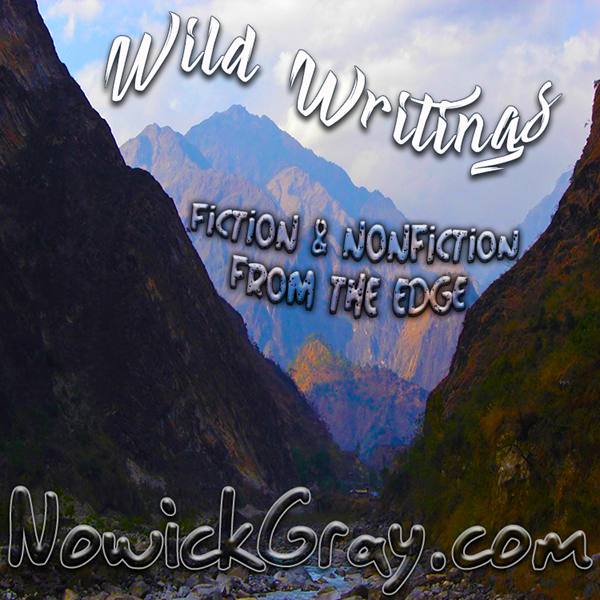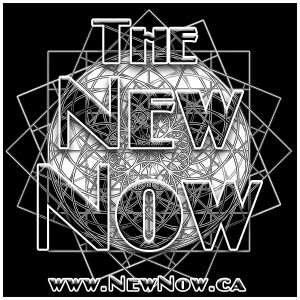The Map is Not the Territory
by Nowick Gray
The map is not the territory. It’s a tool for learning the territory: orientation.
Recently I’ve revived a favorite off-grid pastime of mine, exploring the terrain of my neighborhood, in search of trails and other possible corridors linking forest, waterfront, and other wild places. For an extended hike, the challenge is to skirt properties, fences, clearcuts, breakwaters, cliffs, and brambles, for a smooth passage avoiding trespass.
Since I’m relatively new to the area, I’ve had little understanding of what’s on the ground between the public road system, until finding out for myself firsthand. The territory has remained confusing and mysterious, so I’ve started to sketch maps as I go. The next level is to bring in overviews from Google Maps, to fill out the picture with house locations and topography. Suddenly it’s all making sense, and I can approach my original aim, to navigate with familiarity and confidence over a much larger area than before.
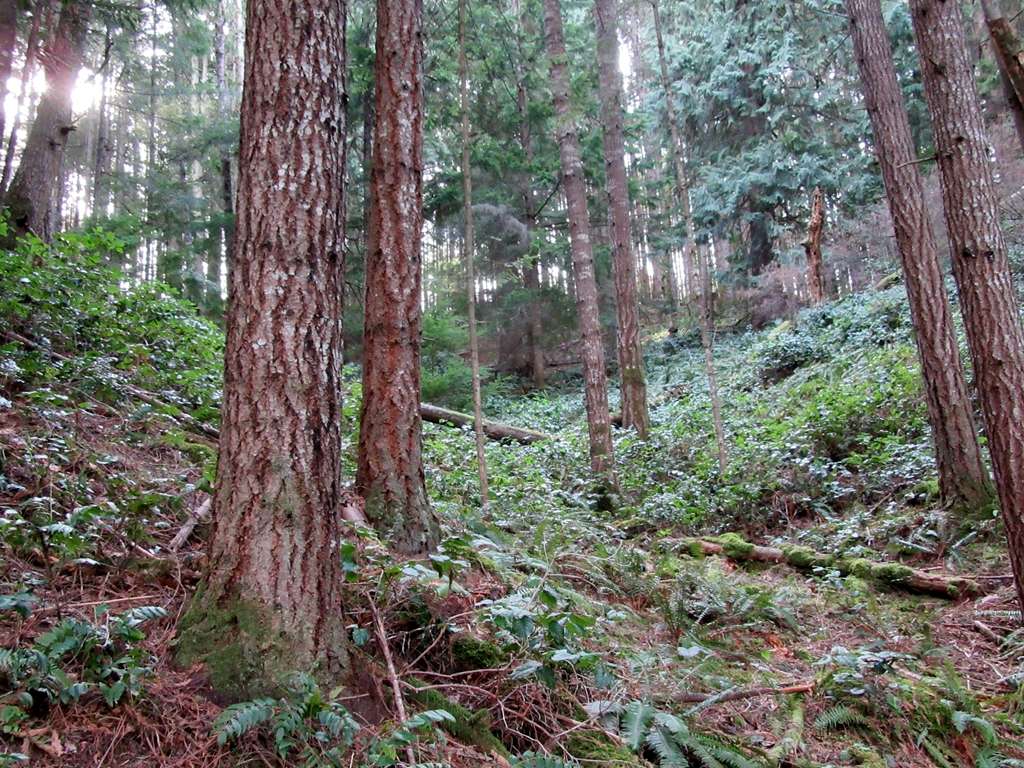
The analogy of map and territory is useful when it comes to learning a new musical instrument, or perhaps any new field of study. Even a writing or research project can be brought into clearer focus with an outline or web chart of keywords and core concepts, drawing connections. Such a schematic, of course, isn’t a replacement for the real thing; but it can be invaluable as an intermediate vehicle toward mastery.
In the 90s when I was part of a djembe players’ discussion list, a popular caution about notation made the rounds: “The map is not the territory.” Especially in African-based music, from the oral tradition, Western grids and time signatures can be mistaken for how the music is played, heard, and felt. The endless definitions of “swing” attest to the limitations of language itself, as meaning flies under the radar.
Personally I have found it useful, even necessary to attempt to chart the time intervals of drum rhythms I’m learning, to offer a visual translation of the auditory experience. Not everyone prefers to learn visually, so the map is just paper, marked with symbolic squiggles. I’ve found it helps to have a snapshot of the loop of beats in one space, with subdivisions to know exactly—or approximately—where they land.
My music is not the classical score; my backyard no urban grid. Technical mastery is all very well but it’s not the same as great art, if it lacks heart, feel, a moving body and soul. Those elements may seem approximations next to the grid, but in that mystery is their human magic, a living fluidity of time.
A map offers symbols and signposts, not to limit the performance, but to mark points of alignment, stepping stones and trail blazes. Perhaps they’re as far apart as 24 bars… like hiking through the Spanish countryside on a long-distance trail, skirting fields and towns.

In my local environs, I encounter obstacles and dead-ends everywhere, shifting my direction and spurring incentive to find another way. It’s a trailer, a fence, smoke from a brush pile. A No Trespassing sign, a barking dog, No Beach Access. On today’s hike, a humble encampment, with side trail to makeshift privy. Then more houses, work-sheds, driveways, gates. Clean pickup trucks. Heavy equipment.
With that symphony of rural settlement, I seek the cool jazz of a mossy bluff, to sit and write, in the late afternoon sun… cue highway din, like rolling surf. This is the human tide, its starfish imprint across the land. Kelp forests, Old Growth, are brave survivors, withstanders, keepers of Earth memory. Her stillness holds us all in her breath. Another day, I’ll pass by here and know how to get back home through trees.
With the landscape always in view, and access to sky above, the musician flies free; the hiker ventures farther; the learner plays and works, and then becomes a teacher. Once the territory is known, the map can be passed on to a new traveler.
—
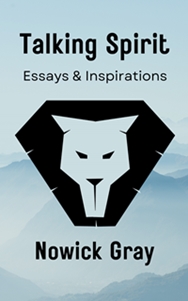 Talking Spirit: Essays and Inspirations, by Nowick Gray
Talking Spirit: Essays and Inspirations, by Nowick Gray
Essays spanning three decades—reflective yet contemporary, philosophical and practical—address human nature and environmental ethics; personal and metapolitical intention; radical insight and live freedom in thought, emotion and action.
Nowick Gray is a regular contributor to The New Agora and also offers perspectives and resources for alternative culture and African drumming. Subscribe to his Substack (New World Dreaming) or visit his writings website at NowickGray.com.
—
image credits: Nowick Gray
—
– Come Like Us on Facebook – Check us out on Instagram –
– Sign Up for our Newsletter –


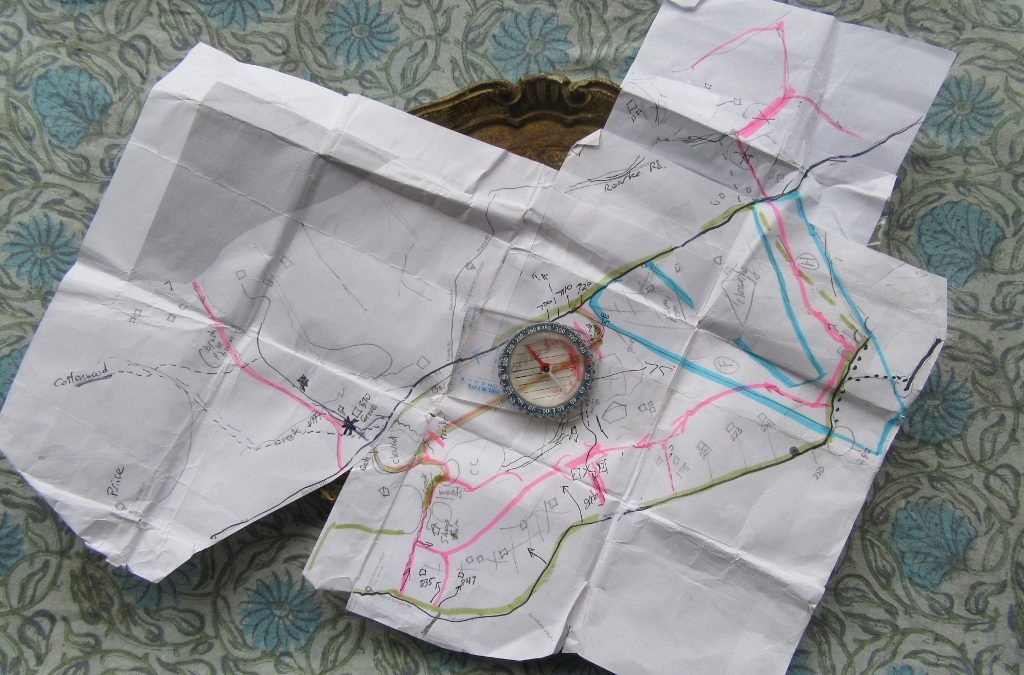
 nowickgray.com
nowickgray.com